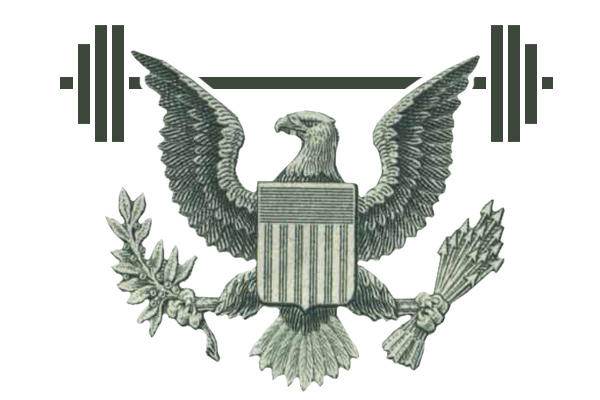The Dollar Moves Up on Another Strong U.S. Jobs Report

Please note that we are not authorised to provide any investment advice. The content on this page is for information purposes only.
The strength of the US employment report is seeing the dollar jump across the board. The divergent theme is out in relief. The 321k rise in non-farm payrolls is the strongest print of the year and is the second monthly increase above 300k since early 2012 (the other one being this past April). On top of that, the back months’ figures were revised up by 44k.
The strength of the US employment report is seeing the dollar jump across the board. The divergent theme is out in relief. The 321k rise in non-farm payrolls is the strongest print of the year and is the second monthly increase above 300k since early 2012 (the other one being this past April). On top of that, the back months’ figures were revised up by 44k.
Although the participation rate and unemployment rate were unchanged, other details of the report were favorable. Hourly earnings rose by 0.4%, which is better than expected, but was needed to keep the average around 0.2% after the weakness in October. The workweek, which had been revised lower in October, popped back to 34.6 hours in November. The manufacturing sector added 28k jobs, almost twice what the consensus expected and the October increase was revised to 20k from 15k. This bodes well for industrial output.
Next week the US will report the broader measures of the labor market on which the Yellen Fed places greater emphasis. These include the Labor Market Conditions Index and the JOLTS report. The FOMC meeting later this month will provide new forecasts. The Federal Reserve has persistently under-estimated the improvement in the labor market (and over-estimated the increase in price pressures).
Canada’s jobs report was soft, but after recent strength, it is not so surprising. Although Canada reported a 10.7k loss of jobs, these were all part-time jobs. It did grow 5.7k full-time positions.
Both countries also reported trade figures. The US trade deficit was a bit larger than expected at $43.4 bln, but in line with the September shortfall. Imports rose 0.9%, boosted by capital goods and foods and beverages. The increase in imports is consistent with favorable growth differentials. The 1.2% rise in exports suggests that the appreciation of the dollar is not hurting exports as some had anticipated.
Canada’s trade surplus narrowed to C$100 mln and the September surplus was halved to C$310 mln from C$710 mln. Exports rose a slight 0.1%, ironically due to higher prices (1.6%). Imports rose 0.5%, while prices were up 0.7%.
US Treasuries have sold off, with the 10-year poking through 2.3%. The 2-year yield has jumped to new highs (above 61 bp). It is the highest since 2011. Equities are struggling in slightly positive territory.
Strong US Jobs Data Sends Dollar Higher is republished with permission from Marc to Market




